Rhythm Only - 4/4 Time, Increasing Difficulty, One Voice (Sight Reading Exercise Book)
Details
Description
SKU: S0.482241
Composed by Nathan Petitpas - Dots and Beams. Method,Etudes and Exercises,General Instructional,Technique Training,Activities and Games. 82 pages. Published by Dots and Beams (S0.482241).Dots and Beams creates e-books that focus on developing specific sight-reading skills. These books contain very little explanation and a lot of reading material. They're great for use in practicing sight-reading but can also be applied to any exercise that you're working on that would benefit from some general reading materials.
Thiscollection presents its user with a series of rhythmic exercises on asingle note in 4/4 time. Chapters are organized by increasingconceptual difficulty and use only subdivisions as small as asixteenth note. This collection doesn’t use any tuplets.
Bypresenting these rhythms on a single pitch in the percussion clef thehope is to allow the user to focus specifically on developing theskill of reading eighth- and sixteenth-note rhythms without the addeddistraction of notes or melodic lines.
This4/4 time collection is designed to allow the user to develop theskill of reading groupings of eighth and sixteenth notes in simpletime; meters where the eighths and sixteenths are grouped accordingto a quarter-note—or two eighths to a group—pulse. The skill ofreading these rhythms in simple time will be useful in reading in anytime signature that is grouped in simple time (2/4, 3/4, 4/4, 5/4,etc.).
Thedifficulty gradation in this book is controlled by the gradualaddition of new and (subjectively) more challenging groupings ofeighth- and sixteenth-notes within the quarter-note beat. Chapter 1uses only the quarter-note and a group of two eighth-notes separatedby whole-, half-, and quarter-rests. Each subsequent chapter adds afew more challenging combinations to those present in the previouschapter until by the seventh chapter you are reading everycombination of eighth- and sixteenth-notes that is mathematicallypossible (although admittedly not with every beaming and spellingpossible).
Myhope is that enough exercises have been given in each chapter to makeit such that by the time the user gets to the end of a chapter theycan return to the beginning of that chapter having forgotten theexercises to the point that it feels as though they are reading themfor the first time. It is encouraged to cycle through exercisesquickly, rather than dwelling on a particular exercise for a longperiod of time, to avoid learning the exercises. The goal is not tolearn the rhythms but to develop the skill of reading them.
Somesuggestions for how to use this book include:
Simply practice playing these exercises through. Using a metronome is recommended. Increasing the speed will increase the challenge but aim for clarity and accuracy, fast and sloppy is not as beneficial to you as slow and precise.
When using a metronome have the metronome emphasize beats other than the quarter note. Set the metronome to be the eighth-note off-beat, or every other beat, or to land on the second sixteenth-note of each beat. This is more of a mental challenge than a technical one but it can be a great tool for developing your awareness of the beat and subdivisions of it. Be creative with this one; the possibilities are endless.
Develop rhythmic independence. Play a repeating rhythmic or melodic pattern in one hand while playing the written rhythmic line in the other. Once it feels comfortable switch hands.
Practice your scales in the written rhythms rather than steady eighths or sixteenths.
Aswith any of the Dots and Beams books, the uses for this particularcollection are limited only by the imagination of the musician usingit. I highly encourage anybody using this book to find as many usesfor this book as possible. My hope is that as you grow as a musicianyou will find ever more creative and challenging ways to use thesematerials so that you can return to these books for years and stillfind a valuable way to use them.
This e-book contains 77 pages of reading material.
Digital Downloads are downloadable sheet music files that can be viewed directly on your computer, tablet or mobile device. Once you download your digital sheet music, you can view and print it at home, school, or anywhere you want to make music, and you don’t have to be connected to the internet. Just purchase, download and play!
PLEASE NOTE: Your Digital Download will have a watermark at the bottom of each page that will include your name, purchase date and number of copies purchased. You are only authorized to print the number of copies that you have purchased. You may not digitally distribute or print more copies than purchased for use (i.e., you may not print or digitally distribute individual copies to friends or students).
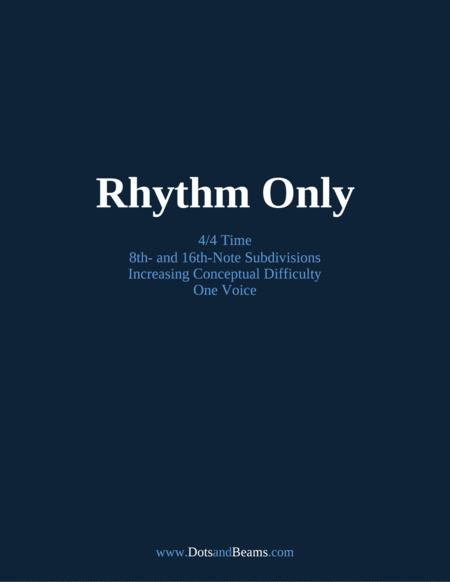
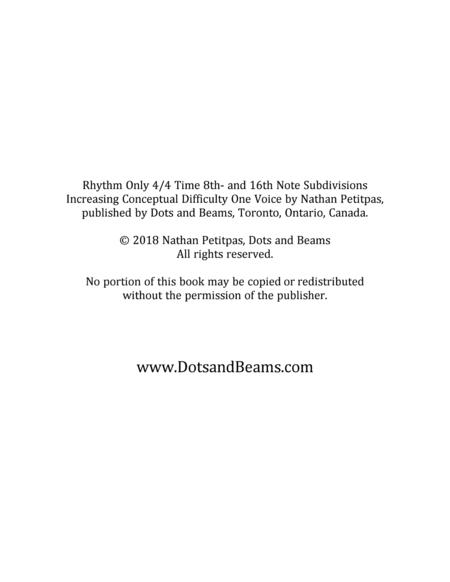
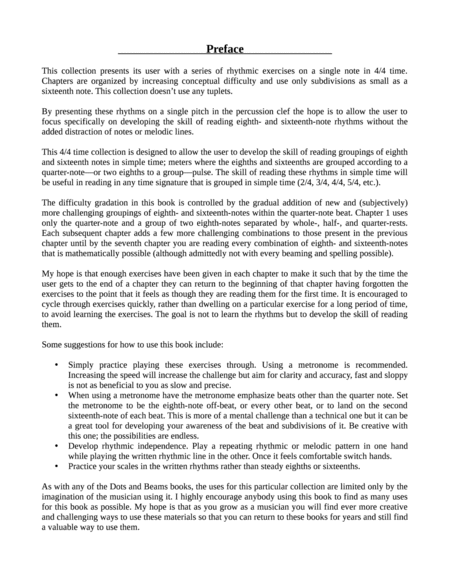
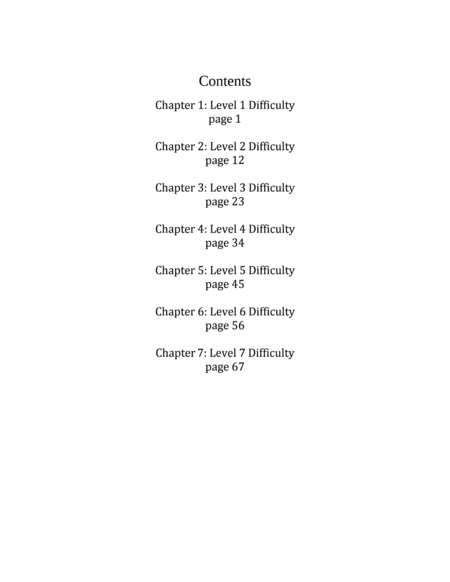
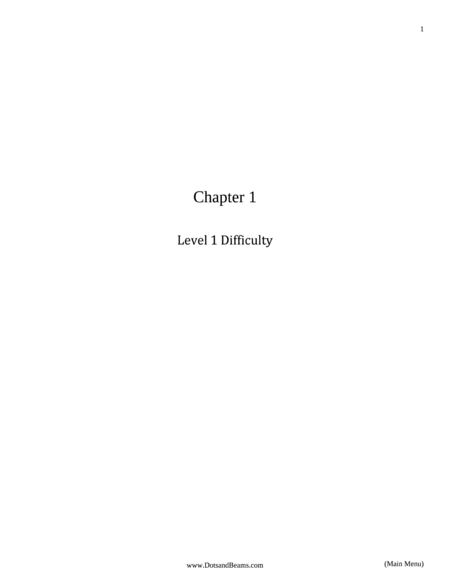
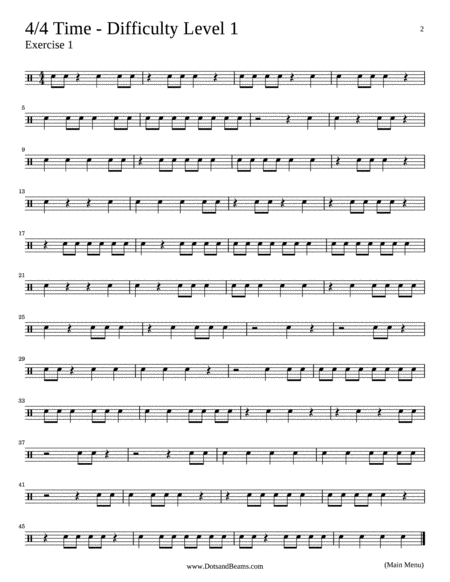
 Share
Share